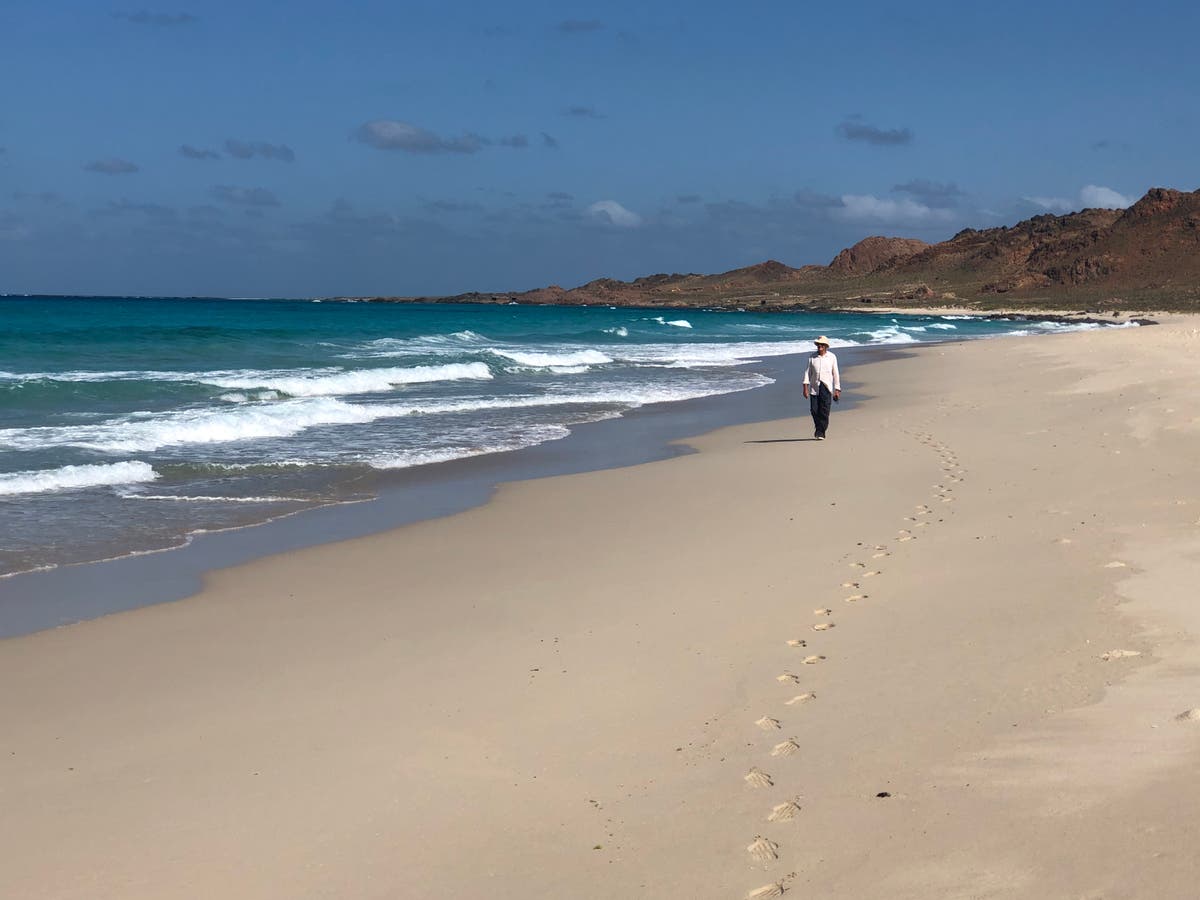This website uses cookies so that we can provide you with the best user experience possible. Cookie information is stored in your browser and performs functions such as recognising you when you return to our website and helping our team to understand which sections of the website you find most interesting and useful.

Simon Calder, also known as The Man Who Pays His Way, has been writing about travel for The Independent since 1994. In his weekly opinion column, he explores a key travel issue – and what it means for you.
‘Peak guidebook’, I reckon, was in the year 2000. Travel had been expanding fast globally during the 1990s. From the UK to Europe, a surge was under way: Britain was the birthplace of budget aviation, while the Channel Tunnel added extra capacity to France.
While open skies, seas and tunnel unlocked the Continent for millions of British travellers, long-haul air fares seemed in permanent decline: the cheapest London-Sydney ticket at the start of the 21st century was £352 return on Alitalia via Rome (a route, and an airline, that no longer exists).
Those travellers needed inspiration and information. The Independent provided concise two-day guides to cities in the 48 Hours series, in competition with other newspapers and journals such as Wanderlust magazine and Conde Nast Traveller. Terrestrial television was extremely popular: BBC One’s Holiday and ITV’s Wish You Here …? were fighting on the beaches for vacation viewership. But all other sources of travel know-how paled in comparison with the mighty guidebook: created for and by the independent, budget-minded traveller.
The genre began in the early 1970s. The Hitchhiker’s Guide to Europe was swiftly followed by Across Asia on the Cheap – published by Tony and Maureen Wheeler at their new Australian home in 1973 after making the epic journey on little more than hopes and dreams.
Their handbook for the hippie highway may have contained some questionable advice on marijuana in Afghanistan (“if you are discreet with smaller amounts you are probably OK … small busts can be bribed out of”). Yet the rudimentary guide triggered a low-budget, high-reward travel revolution.
Lonely Planet, as the Wheelers’ kitchen-table enterprise became, empowered backpackers with advice on hang-outs in hubs such as Istanbul, Kabul and Kathmandu, and all roads and borders in between.
For the first time travellers could invest in paperback infrastructure for their adventures. And goodness, they did. In 1982, Rough Guides joined the party: founder Mark Ellingham, whose first book was dedicated to “a nuclear-free Greece,” summed up the purpose succinctly as helping travellers “make the most of their time and resources”.
By the start of the 21st century, every corner of the globe (as well as the Moon and Mars) had been written up by the leading guidebook publishers. With travel guides selling in their millions, what could possibly go wrong? Well, 2000 was when the Rough Guide to the Internet was first published.
At the time, successfully booking a flight online felt like a minor miracle. Gradually, though, the travel industry migrated online. TripAdvisor, another 2000 birth, brought user-generated content to the traveller. Qualitatively, hundreds of reviews of uncertain provenance cannot match the judgement of an impartial and professional researcher. But among weekenders taking advantage of £29 air fares to explore a corner of some foreign city, an analogue companion was increasingly regarded as excess baggage.
Add in the shock of 9/11 and dozens more terrorist attacks on tourist spots; the global financial crash; and the travel-crushing years of the Covid pandemic, and I was pleasantly surprised to find Lonely Planet vice-president Tom Hall smiling when I met him this week.
Tom joined the company on the crest of that turn-of-the-century wave. Over the past 15 years he has seen the Lonely Planet parcel passed from Tony and Maureen Wheeler to the BBC, to a reclusive Kentucky tobacco billionaire and now to a conglomerate named Red Ventures comprising “a portfolio spanning dozens of geographies, business teams, and industries”. The new owner creates “digital experiences that help millions”. So where, I wondered, do paper guidebooks come in?
“We are still in a world where your mobile phone – while it can do many things – is an expensive thing to use when you’re travelling,” Tom says. “It is not always reliable. And it will serve you up the first page of Google search returns. A guidebook can do things that can be additional to all of those things. I think also when people are traveling to places where there is still a language barrier, a guidebook is something which is very helpful.
“There’s also just a feeling that ‘I don’t just have this thing for when I’m on the road – I have it for when I’m planning’. And planning is probably Lonely Planet’s absolute focus now.”
If that sounds to you like “back to the future” – so much the better. The purpose of a travel guide remains the same.
“We know that people’s time is very precious. How can we guide you with itineraries, with inspiration, with suggestions that can really help you to make the most of that time? And that’s how we start.”
And with that, I started contemplating a travel guide to the future...
Listen to Simon Calder’s travel podcast for The Independent with Lonely Planet’s Tom Hall



 Africana55 Radio
Africana55 Radio 
